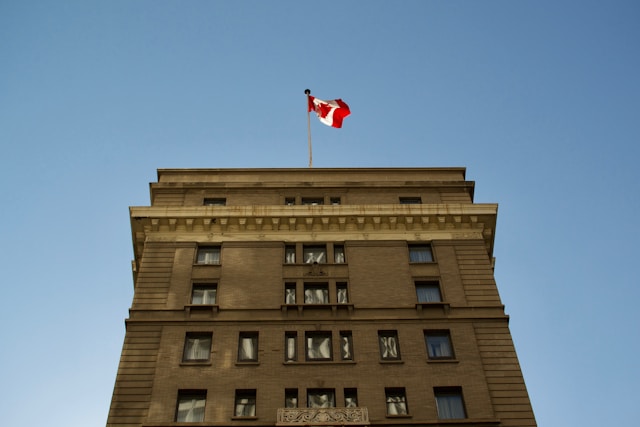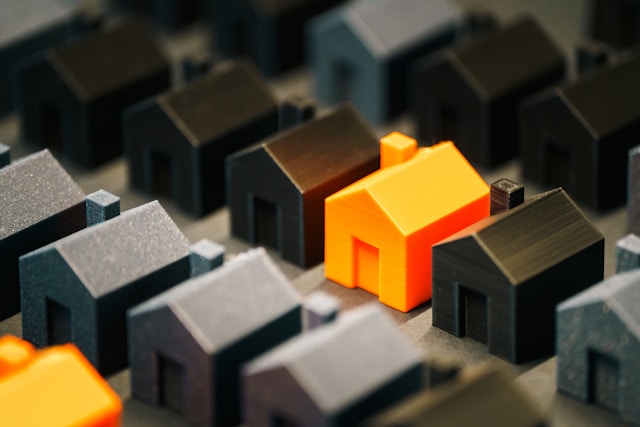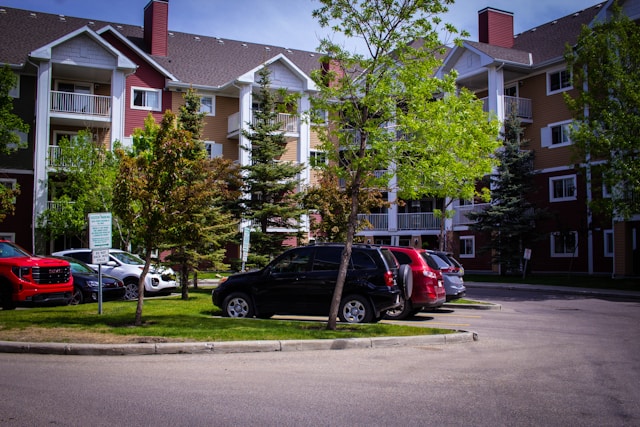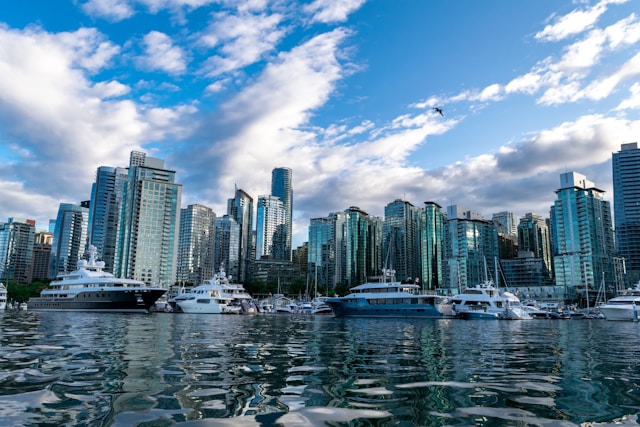Moving into a new home is an exciting milestone, but it also comes with a long list of tasks to ensure a smooth transition. Whether you’re a homeowner or renting, having a well-organized post-move checklist can help you settle in quickly and efficiently. This guide covers everything from inspecting your new space to getting to know your neighbourhood, ensuring you don’t miss any critical steps. Let’s dive into the essential things to do after moving to make your new house feel like home.
1. Conduct a Thorough Inspection of Your New Home
Some time recently you begin unpacking, take the time to examine your modern domestic altogether. This step is vital, particularly in the event that you’re moving into a rental property, because it makes a difference you distinguish any pre-existing issues that need addressing.
Check for Pre-Existing Harm
Walk through each room and inspect walls, floors, ceilings, and appliances for harm. Explore for scratches or signs of wear and tear. If you’re leasing, document any issues with photos and report them to your landlord or property management firm. This guarantees you’re not held capable for harm that existed some time recently your move.
Test Essential Systems and Utilities
Guarantee that all essential systems, such as electricity, water, gas, and HVAC, are working properly. Test light switches, fixtures, and indoor regulators to affirm everything is in working arrange. Do not disregard to check smoke detectors, carbon monoxide alerts, and fire extinguishers for security.
Find the circuit breaker and water shutoff valve in case of crises. Knowing where these are can spare you time and push afterward. In case you’re leasing, usually too a great time to audit your rent or property holder records to get it support duties and community rules.
Review Your Lease or Homeowner Documents
If you’re renting, carefully review your lease agreement to understand your rights and responsibilities. Note important contact information for your landlord or property manager, as well as any rules set by the homeowners’ association (HOA). For homeowners, keep all relevant documents in a safe place for future reference.
2. Secure Your Home and Update Your Address
Once you’ve inspected your new home, the next step is to ensure it’s secure and update your address with important entities.
Alter Locks and Update Security Measures
Security should be a good priority after moving. In case allowed, consider changing the locks or rekeying them for included security. This can be especially critical if you’re moving into an already-possessed domestic. Set up a security framework or overhaul existing alert codes to secure your modern space.
Introduce exterior lighting to prevent intruders and check all entryway and window locks to ensure they’re working legitimately. On the off chance that you are a proprietor, these steps can moreover assist you get ready your property for unused tenants and keep up a high tenant retention rate.
Update Your Address with Important Entities
Updating your address could be a basic step that’s regularly overlooked. Begin by notifying the post office to set up mail sending. Following, upgrade your address with banks, credit card companies, insurance providers, and government entities just like the DMV. Do not forget to upgrade your driver’s licence, vehicle registration, and voter enlistment.
In the event that you are a landlord, this can be too a awesome time to form an occupant welcome package that includes important data about the property and the neighborhood.
3. Unpack Strategically and Organise Your Space
Unpacking can feel overwhelming, but with a strategic approach, you can make the process more manageable.
Prioritise Essential Rooms First
Start with the rooms you use most regularly, such as the kitchen, washroom, and rooms. Unpack essential things like cookware, toiletries, and bedding to create your modern space functional right absent. Organize furniture before unpacking littler things to create a sense of arrangement
Set Up Utilities and Essential Administrations
Affirm that utilities like web, cable, and phone administrations are activated. If not, plan establishments as before long as possible. Arrange junk and reusing pickup together with your nearby provider to keep your new home clean and organised.
Childproof or Pet-Proof the Domestic (If Needed)
If you’ve got children or pets, take steps to create your home secure for them. Install security doors, secure furniture to the walls, and cover electrical outlets. Set up a assigned play zone or pet zone to keep them comfortable and engaged.
4. Get to Know Your Neighbourhood
Settling into your new home isn’t just about unpacking—it’s also about getting to know your surroundings.
Explore Local Amenities and Services
Take some time to explore your new neighbourhood. Locate the nearest grocery store, pharmacy, hospital, and other essential services. Find parks, gyms, restaurants, and entertainment spots to make your new area feel like home.
Meet Your Neighbours and Community Members
Introduce yourself to your neighbours to build connections and foster a sense of community. Join local social media groups or attend community events to meet new people and learn about upcoming activities.
Familiarise Yourself with Local Rules and Regulations
Understand local rules, such as parking regulations, trash collection schedules, and HOA guidelines. Knowing these details can help you avoid fines and make your transition smoother.
5. Plan for Home Maintenance and Upkeep
Keeping your new home in good condition requires regular maintenance and planning.
Create a Home Maintenance Checklist
Schedule regular maintenance tasks, such as HVAC servicing, plumbing checks, and pest control. Learn basic home maintenance skills, like unclogging drains or resetting breakers, to handle minor issues on your own.
Set Up a Budget for Home Expenses
Plan for ongoing expenses like utility bills, repairs, and general upkeep. If you’re renting, clarify which maintenance tasks are covered by your landlord or property management services. For homeowners, setting aside a budget for unexpected repairs can save you from financial stress down the line.
Conclusion
Moving into a new home is an exciting journey, but it requires careful planning and organisation. By following this post-move checklist, you can ensure a smooth transition and create a comfortable living environment. From inspecting your new space to getting to know your neighbourhood, each step plays a crucial role in making your house feel like home.
Whether you’re renting or owning, proactive planning is key to a stress-free experience. For landlords, partnering with a reliable property management company can simplify the process and help you prepare your property for new tenants. By taking these steps, you’ll be well on your way to enjoying your new home to the fullest.





